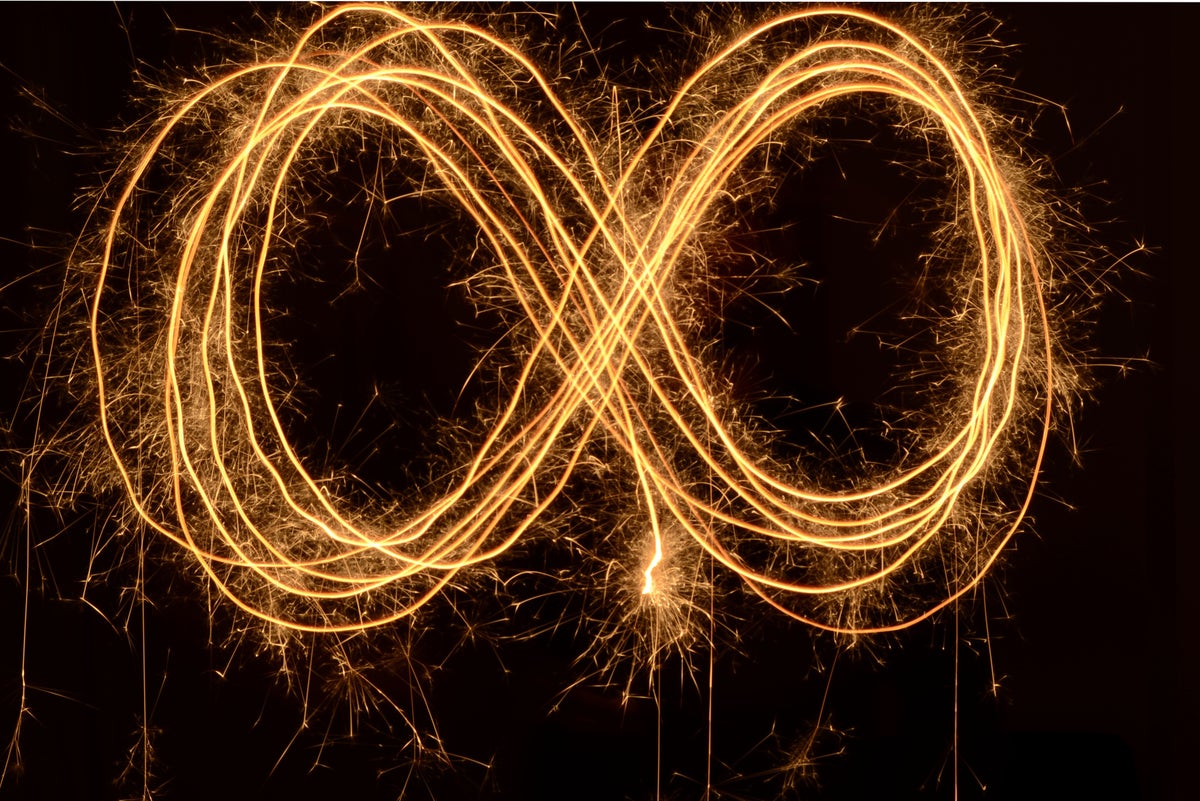mathstudent1234
New member
- Joined
- Oct 9, 2019
- Messages
- 3
Hi all, I'm a math student and I'm getting used to abstract concepts and contra intuitive things but there's one thing I still really struggle with. A set is called countable infinite if there exists a bijection from the set of the natural numbers to that set. It has been shown that the set of rational numbers is countable infinite. I know the proof, I understand it and I would never doubt that it is true. But whenever you ask someone why the set of real numbers is uncountable infinite they'll answer that you can't count them, I mean, where would you start? But you can't really count the rational numbers either? Where do you start? At 0.01? at 0.00000000001? This just messes with my head. I thought maybe there could exist a bijection from the set of natural numbers to the set of all real numbers as well we just haven't found it yet. Or is there a proof that such a bijection can't exist? I believe it's not too hard (tell me when I'm wrong) to construct a bijection from the natural numbers to all real numbers that are not transcendent... I just don't know what to do with those. I always thought we should maybe define the different infinities differently to what we've defined them because I think it is intuitively 'wrong' that there are as many rational numbers as natural ones but less than real ones. I mean you can approximate every real number by a rational one as accurate as you want. Has someone thought about this too and wouldn't mind to share their thoughts? Or does someone actually know an answer? Thanks so much! Excuse my English btw.

